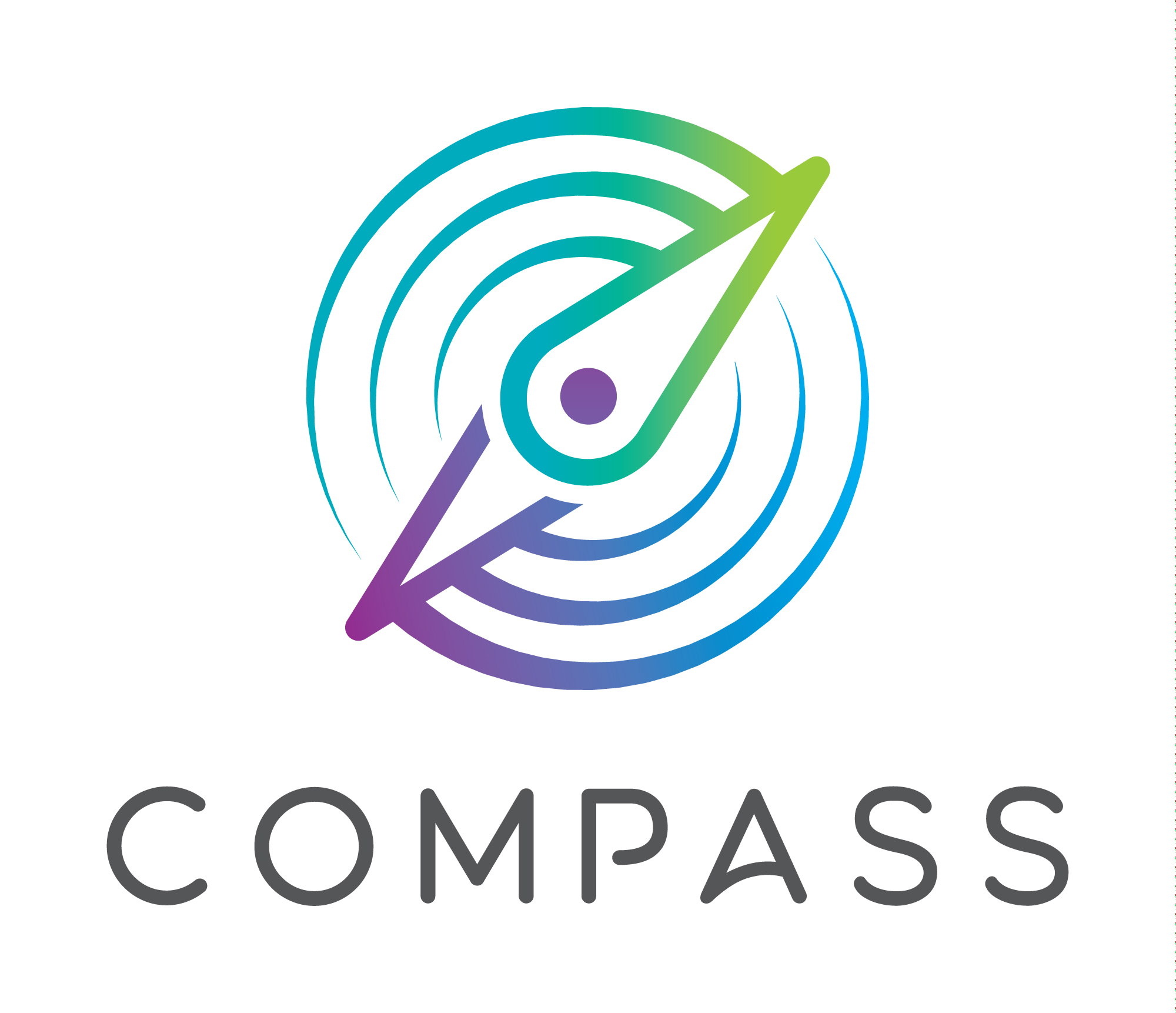
15 Nov Soaring Global Revenue for Security Technology
The security industry has benefitted greatly from the surge in technological innovation that precipitated IP and network device adoption. In this new phase of market growth, how much do stakeholders stand to gain as security technology continues to shift where investments are made?
Worldwide revenues for security-related hardware, software and services are projected to grow from $73.7 billion in 2016 to $101.6 billion in 2020 according to the first Worldwide Semiannual Security Spending Guide from International Data Corporation (IDC). This trend represents a compound annual growth rate of 8.3 percent — more than twice the rate of overall IT spending growth over the same period. In a word: propitious.
The guide offers detailed forecast data for security spending by 20 industries across eight regions and 53 countries. Out of these parameters, four industries will generate 37 percent of worldwide revenues this year: banking, manufacturing, government and process manufacturing. These investments reflect growing anxiety over the potential for cyber-attacks and cyber extortion by businesses across the globe. So far, the industries with the fastest growth in security investments are healthcare, telecommunications, utilities, state and local government, and securities and investment services.
The pace and threat of security attacks are increasing every year, particularly across compliance-driven industries. “In addition to the traditional challenges of risk and regulatory compliance, digital transformation and the use of third-party platform technologies are putting even more pressure on organizations across all industries to develop and execute on a new generation of security measures,” stated Eileen Smith, Program Director, Customer Insights and Analysis.
In terms of geography, the good ol’ US of A is the largest market for security products, followed by Western Europe. The largest category of spending is security-related services, accounting for 45 percent of all spending worldwide in 2016. Of the spending, the largest segment is managed security services (17.6 percent), endpoint security (12.6 percent) and integration services (11.5 percent).
The Spending Guide is designed to help decision makers to understand the scope and direction of security spending over the next five years. Our conclusion? Security professionals should take advantage of current and future projected growth rates to bridge gaps on the customer, systems integrator and manufacturer sides and invest in the next wave of threat prevention technology.

Sorry, the comment form is closed at this time.